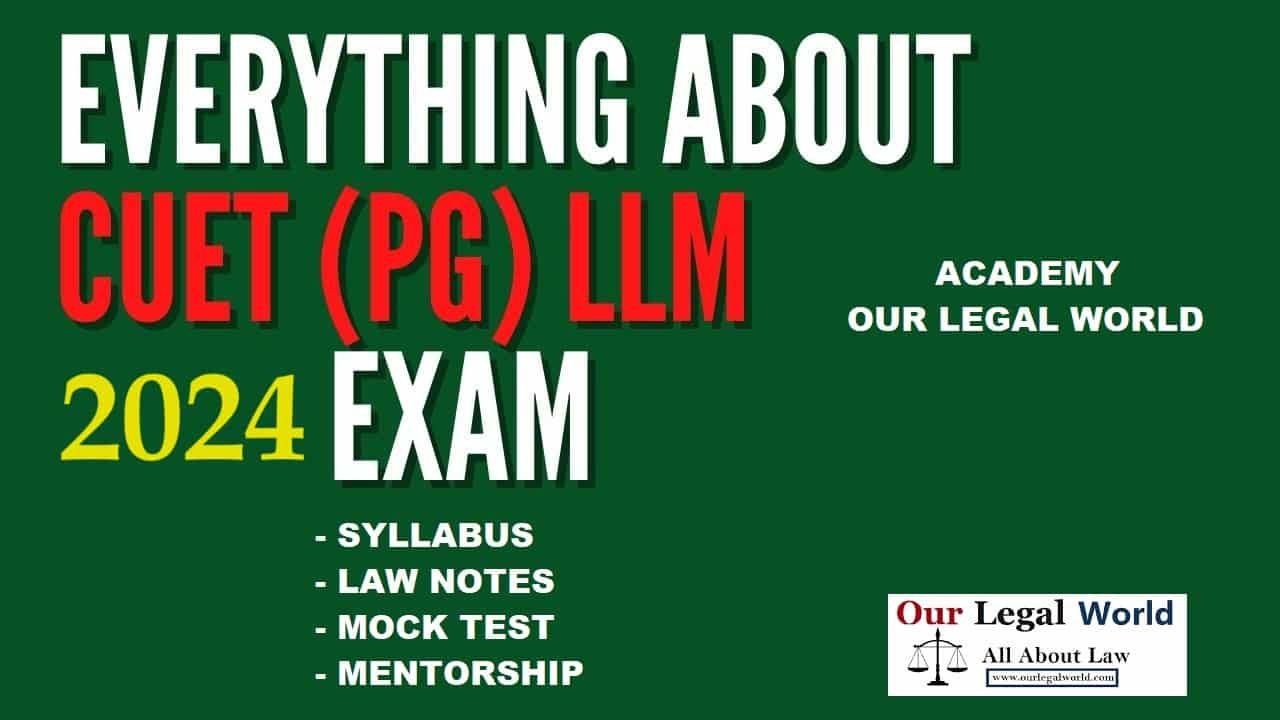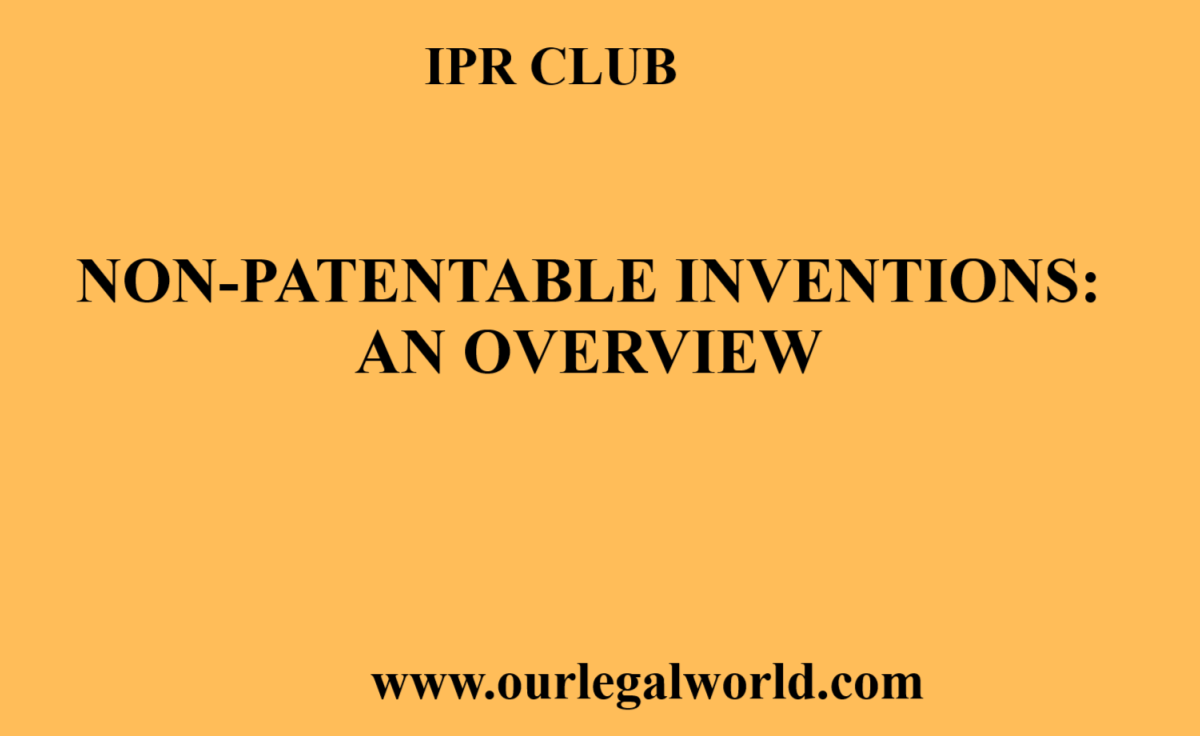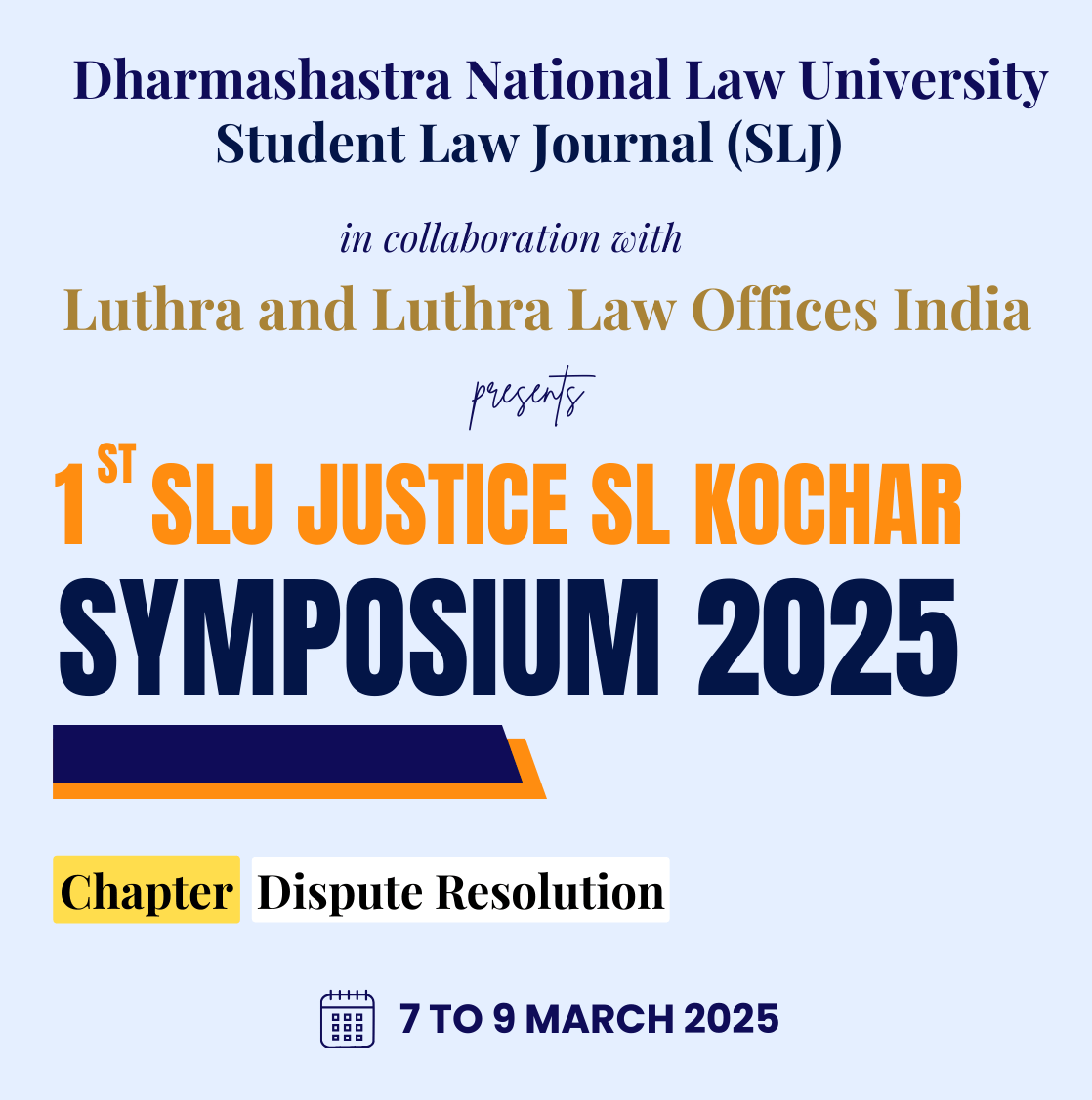SUSHILABEN INDRAVADAN GANDHI V NEW INDIA INSURANCE COMPANY LIMITED (AIR 2020 SC 1977)
In India, the social welfare and security of a workman is currently a highly debated topic in these unprecedented times. While the Indian legislation does address and ensure the safety of the workman it does fail to remove the ambiguity about what kind of “workman” does the legislation actually protect. Time and again it has been decided in many Indian judgements as to what constitutes as a workman and as to what differentiates contract of service from contract for service. The Supreme Court of India in April 2020, yet again set a precedent through the case of Sushilaben Indravadan Gandhi v New India Insurance Company Limited to define and differentiate for the same. The case brings into light the ingredients as well as the factors of the test of what constitutes a workman while also bringing into light that sometimes such tests often restrict the definition of workman.
FACTS OF THE CASE–
The petitioner, Sushilaben Indravadan Gandhi had moved to court for claiming the insurance that she was to be given due to the demise of her husband, Dr. Alpesh Gandhi who worked as an honorary Ophthalmic Surgeon in the Rotary Eye Institute, Navsari. The deceased was on duty and was travelling on the bus which was owned by the hospital along with other medical staff who were on board. Unfortunately, due to the rash driving the minibus met with an accident and the deceased was severely injured and later succumbed to his injuries.[1] The hospital had their insurance covered by the New Insurance Company Limited who are the defendants in the present case. A few months prior to the incident the hospital had availed a policy from the defendants in which it was stated that the policy shall not cover those who are employed by the hospital. The hospital also had an agreement with the company through IMT-5 endorsement which required the company to pay compensation for unnamed passengers other than those who are covered under Workmen Compensation Act of 1923. Mrs. Gandhi approached the Motor Accident Claims Tribunal demanding compensation of Rupees 1 crore. The tribunal observed that the deceased had a contract for service with the hospital and thus was not an employee of the hospital therefore holding the defendants liable to pay compensation. This was appealed by the defendants before Gujarat High Court who observed the opposite and stated that the contract between Dr. Gandhi and the hospital was that of Contract of service and thus the respondent could claim a compensation of Rs. 50,000 and the rest expenses shall be borne by the Hospital[2]. The case was further appealed by the respondent in the Supreme Court demanding for the compensation to be enhanced.
ISSUES OF THE CASE–
The issue of the case that was noted by the Supreme Court are as follows:
A) Whether the deceased had a “contract of service” or “contract for service” with the said hospital, i.e., whether he could be considered as an employee of the hospital
B) Whether the policy between the company and the hospital will cover the deceased on the basis of the contractual agreement shared by the deceased and the hospital.
LEGISLATION APPLIED IN THE PRESENT CASE–
Section 2(n) of Workmen Compensation Act of 1923
Section 2 (i) of Factories Act of 1948
Section 2 (s) of Industrial Disputes Act of 1947 and previous judgements to compare the definition of “workman”
ARGUMENTS PRODUCED BEFORE THE COURT
The counsel for the appellant emphasized through the case of Dharangadhara Chemical Works Ltd. v. State of Saurashtra [3] that the contract between the deceased and the hospital was that of “ contract for service” and thus the deceased was not an employee of the hospital. The deceased was given an honorarium of Rs. 4000 for his services by the hospital and also that he was not a regular employee and the contract did not allow him to avail any financial benefits which was given to other employees as far as the leave policy of the hospital was concerned.[4]
The counsel for the respondent supported the decision of the High Court and thus stated that the contract was that of contract of service making the deceased an employee of the hospital and further stated that the deceased shall not come under IMT-5 either but IMT-16. However, the hospital has not paid for the endorsement of IMT-16 thus the deceased will not be insured by the defendant company[5].
DECISION OF THE COURT ALONG WITH REASONS
The Supreme Court came to its decision on the basis of comparing the test for defining the term “workman” under various legislations and previous judgements. The Court noted that there cannot be a universal test which can help define what “workman” constitutes as. It further emphasized that it also depends upon the amount of control that an employer has over the work of the employee and thus as society and technology progresses the control and definition of who can be considered as an employee also changes.
Also Read: Code of Civil Procedure:- CPC Quiz/Mock Test
In the present case, it is disputed whether the deceased came under the hospital or not, as per the contract that the deceased had with the hospital, he was not a regular employee and was given an honorarium of Rupees four thousand a month for his services and thus it is necessary to establish the test where a person employed is integrated into the employer’s business or merely functions as an accessory.[6] The court also noted that the tests that were laid down in many English judgments which depend upon the matter of economic reality, “the degrees of control, opportunities of profit or loss, investment in facilities, permanency of relations and skill required in the claimed independent operation.[7] As mentioned before the technology and the control over employee’s work has changed in time and therefore the test of control does not always help in determining whether the employee comes under the control of the employer. There are often tests which determine whether the person who has engaged himself to perform service performs them as a person in business on his own account.[8] Thus the Supreme Court observed that the determination of “contract of service” and “contract for service” depends upon different factors and scenarios and the application of all the mentioned tests.
Finally, to come to its conclusion the Supreme Court observed through previous case laws that when the if the context of the case is depended upon one of a beneficial legislation being applied to weaker sections of society, the balance tilts in favor of declaring the contract to be ‘Contract of Service’ and the opposite if it is ‘Contract for Service’[9]. Upon these factors Court finally came to the conclusion that in the present case, the contractual agreement between the deceased and the hospital was that of ‘Contract for Service’ and also that as per the terms of the contract that it was evident that the doctor was in control of his own work and was practicing individually and not as an employee of the hospital. The Supreme Court overruled the High Court’s decision and restored the decision of the Tribunal and asked the defendant company to pay the compensation to Mrs. Gandhi.
CONCLUSION
The following case is an important judgement for determining the difference between ‘Contract of Service’ and ‘Contract for Service’. The Court helped determine that there are often times that legislations overlap each other which leads to exclusion of an individual from the compensation that they deserve to get. The Court helped determine that there can never be a universal test to determine a workman. Also, that it takes other factors to determine whether the person in fact is an employee and thus one should not always depend upon the ‘Test of Control’. The case emphasized on the socio- economic factors and states that often when faced with ambiguity in law, socio- benefit legislations should be applied to ensure compensation to those who require them the most. The Supreme Court in this case encourages in broadening the factors for determination of the test and the definition itself which can be seen as a welcoming move with respect to social welfare and benefit of the society and indeed sets a good precedent for future cases in the same matter.
Written by Anusha Ann Paul [School of Law, Christ]
[1] Para 1 of Sushilaben Indravadan Gandhi V New India Insurance Company Limited
[2] Para 8 of Sushilaben Indravadan Gandhi V New India Insurance Company Limited
[3] Dharangadhara Chemical Works Ltd. v. State of Saurashtra 1957 SCR 158
[4] Para 10 of Sushilaben Indravadan Gandhi V New India Insurance Company Limited
[5] Para 11 of Sushilaben Indravadan Gandhi V New India Insurance Company Limited
[6] Para 12 of Sushilaben Indravadan Gandhi V New India Insurance Company Limited
[7] U.S. v. Silk 331 US 704
[8] Lee Ting Sang v. Chung Chi-Keung, (1990) 2 A.C. 374
[9] P.M. Patel & Sons v. Union of India (1986) 1 SCC 32




![Jamia Hamdard Mediation Competition 2025 at School of Law, HILSR [21st February 2025]](https://ourlegalworld.com/wp-content/uploads/2024/12/Screenshot-11-min-1.png)



